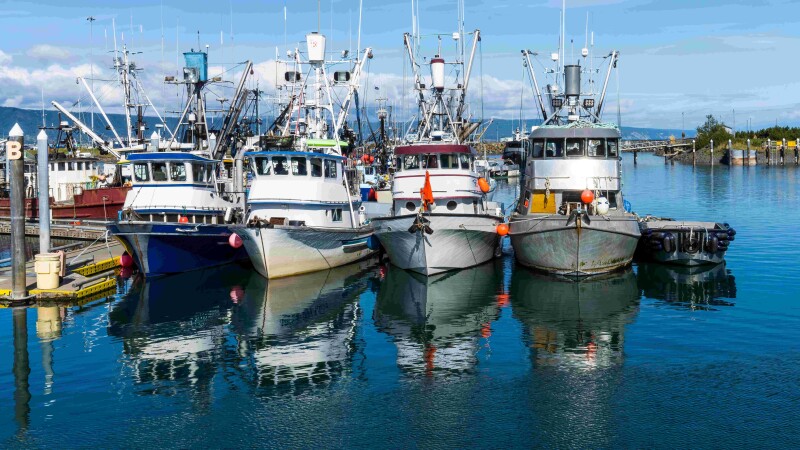Alaska’s seafood industry, a cornerstone of the state’s economy, has been facing turbulence.
Legislative leaders from fishing-dependent communities have convened a task force to chart a path to recovery, offering a blend of local and international strategies to stabilize and rejuvenate the sector. According to a recent article from Yereth Rosen of the Alaska Beacon, the Joint Legislative Task Force Evaluating Alaska’s Seafood Industry has developed draft recommendations to address the industry's multifaceted challenges.
The draft, reviewed during a two-day hearing in Anchorage, outlines a series of potential actions, from enhancing international marketing efforts to developing community-based cold-storage facilities. Senate President Gary Stevens, R-Kodiak, chair of the task force, emphasized the urgency of these recommendations, though final proposals may extend beyond the initial January deadline into February.
“We can hit the ground running because we’ve got some good solid ideas,” said Rep. Louise Stutes, R-Kodiak, signaling a proactive approach as the legislative session unfolds.
Key among the recommendations is a call to bolster Alaska’s market share and seafood value, an endeavor Sen. Jesse Bjorkman, R-Nikiski, insists is critical for the industry’s long-term survival. “Everything else is just throwing deckchairs off the Titanic,” Bjorkman remarked, showing the necessity of strategic focus amidst the industry’s ongoing crises.
Alaska’s seafood sector has been battered by a combination of economic forces, rising operational costs, and environmental upheavals, including marine heatwaves that decimated key fisheries like Bering Sea king and snow crab. According to the NOAA Fisheries, the industry suffered a staggering $1.8 billion loss from 2022 to 2023, a figure that spurred the task force’s creation.
The task force’s draft recommendations span a wide array of initiatives, including enhanced fisheries research, product development, and market expansion. Proposals suggest tapping into non-traditional products such as protein powders and fish oils, alongside an expansion of mariculture with streamlined permitting and financing.
The Alaska Seafood Marketing Institute (ASMI) plays a pivotal role in these plans, with recommendations for expanded duties, including mariculture promotion. Yet, ASMI’s ability to execute these expanded responsibilities is hampered by limited funding and political constraints. Task force members, including incoming House Speaker Bryce Edgmon, I-Dillingham, advocate for greater autonomy for ASMI, potentially through a restructuring that reduces political interference.
Federal support, a crucial component of the recovery strategy, was highlighted by U.S. Sen. Lisa Murkowski, R-Alaska. Recent legislative successes, such as the FISHES Act, aim to expedite disaster aid, though Murkowski acknowledges more work is needed. Pending legislation, including the Working Waterfronts Bill, promises to enhance coastal infrastructure and workforce development, aligning with broader efforts to elevate seafood’s status alongside agriculture.
As global trade dynamics loom, tariffs present a significant threat to Alaska’s export-dependent seafood industry. Jeremy Woodrow, ASMI’s executive director, cautioned against the collateral damage tariffs could inflict, emphasizing the need for swift industry response and education of trade officials to mitigate adverse impacts.
With the legislative session underway, the task force’s recommendations offer a blueprint for resilience and growth. However, the journey ahead requires collective effort, innovative thinking, and robust advocacy to ensure Alaska’s seafood industry not only survives but thrives.
Read the full article reported by Yureth Rosen here.







